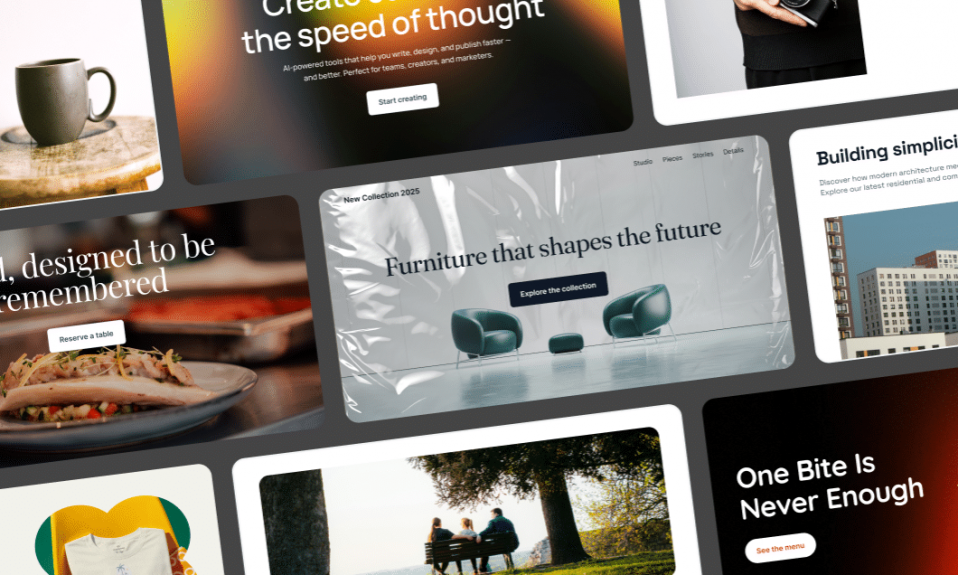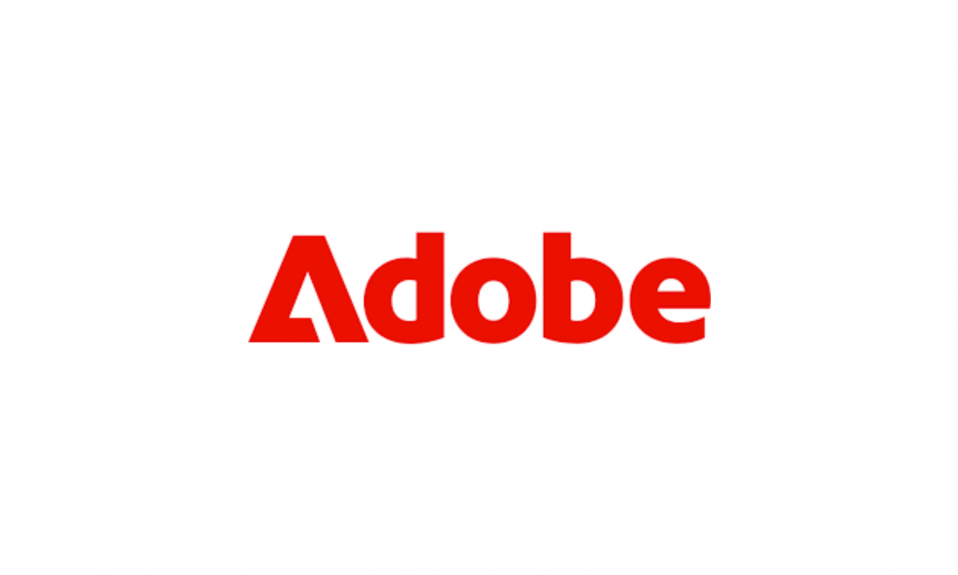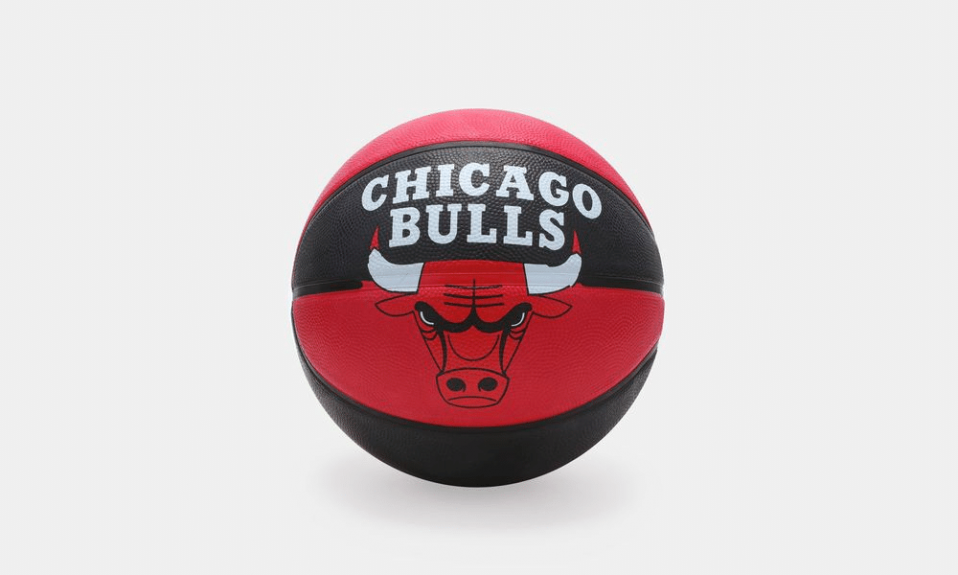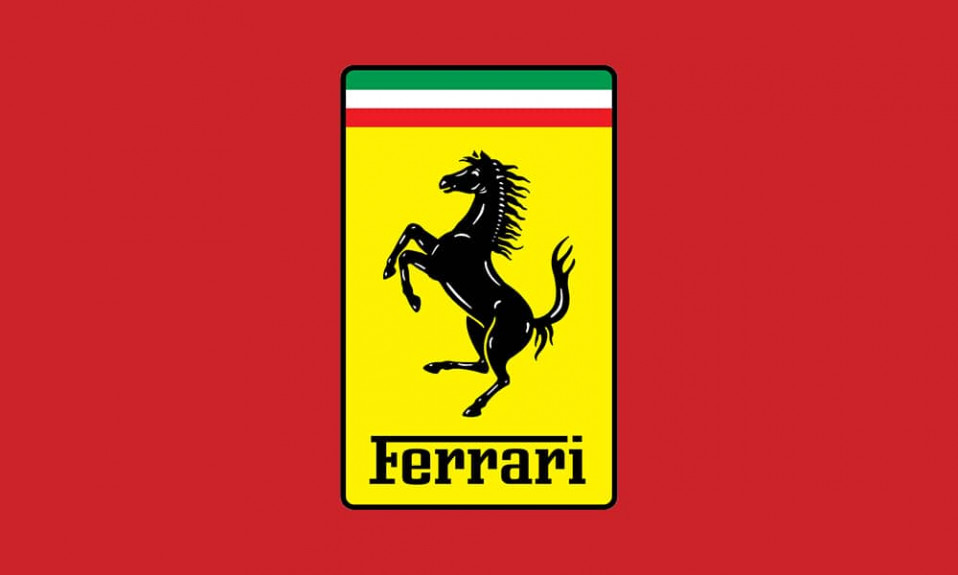Environmental sustainability is now a key topic in the global economy and politics. Businesses face growing pressure to address environmental issues, social standards, and corporate responsibility. These challenges require companies to adapt. Many are integrating green branding and sustainable practices into their business models.
Environmentally conscious customers are becoming more common. Younger generations, in particular, prefer companies that show environmental responsibility. They choose products and services from businesses with sustainable practices.
Table of Contents
Understanding Sustainable Design
Sustainable design, or eco-design, focuses on reducing environmental impact. It applies to all stages of a product or service’s life cycle. This approach considers various factors. These include material selection, energy efficiency, and waste reduction. Reusable or recyclable packaging is also a key element.
Key principles of eco-design

The key principles of eco-design include:
- Waste minimization: Adopting sustainable practices and using technologies that reduce waste during production and use of products.
- Use of renewable resources: Using materials that can be restored or replenished naturally, such as wood, paper, cotton, etc.
- Reducing the carbon footprint: Designing green products and processes based on renewable energy sources and sustainable resource inputs contributes to reducing carbon emissions that cause global warming.
Through the creation of products that satisfy contemporary consumer preferences and significantly enhance brand loyalty, these principles assist companies in lessening their negative environmental impact.
The Role of Eco-Design in Shaping Brand image

Sustainability efforts are more than just a trend. They are a strategic approach that shapes brand perception. In today’s world, environmental concerns are a priority. People increasingly support companies committed to a sustainable future.
Eco-design is becoming a valuable tool in this process, as it not only improves the environmental characteristics of products, but also demonstrates the brand's commitment to society.
How Sustainable Design Strengthens Brand Connections with Consumers
Eco-design helps brands go beyond offering products with eco-labels. It enables them to communicate their values effectively. This is achieved through every customer interaction. Examples include sustainable packaging and an eco-friendly user experience.
When consumers see that a brand is actively caring for environmental stewardship and using innovations to make a positive impact on nature, it inspires respect and trust.
This connection deepens when product and packaging design visually and tactilely convey the company’s eco-friendly principles.
Research and case studies
A brief review of research confirms that companies that prioritize sustainability and eco-friendly design are more likely to receive positive reviews and increase their appeal to consumers.
For example, a recent Nielsen study found that 66% of consumers are willing to pay more for products produced in an environmentally friendly manner. Brands such as Patagonia and IKEA have successfully used eco-friendly design to improve brand reputation and attract eco-conscious consumers. Thus, integrating sustainability provides a substantial competitive edge.
Sustainability Initiatives as a Driver of Change
Sustainable innovation involves creating goods, services, or business models that meet consumer needs while minimizing environmental harm. These innovations focus on making products more sustainable and eco-friendly. As a result, they are closely connected to eco-design.
Examples of Sustainable Choices in Eco-Design
Real-life examples of such innovation can be seen in various industries. For example, Adidas created sneakers from recycled ocean plastic, and Lush uses minimal packaging for its products. These examples demonstrate how sustainable innovation contributes to changing the perception of a brand and increasing its competitiveness.

Sustainable Design Implementation Strategies for Brand Transformation
To effectively incorporate sustainable design in a business, it is required to:
- Examine the brand’s current circumstances to identify areas for improvement: Determine whether aspects of goods and business processes may be made more sustainable.
- Develop and implement a sustainable corporate strategy: Develop a comprehensive strategy that includes the choice of materials, production processes, logistics and marketing.
- Analyze and modify the plan in light of feedback and indicators: Assess the results of the actions taken on a regular basis and make any required adjustments to the measures.
Tips for Creating an Eco-Design with Sustainable Innovation
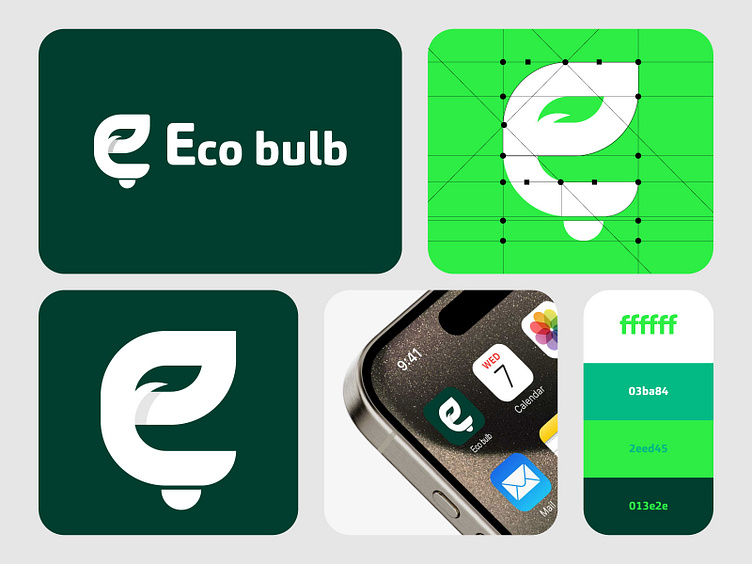
Eco-friendly practices require careful consideration as they should not only reflect the brand core value but also embrace sustainability.
Here are some tips using logo design as an example to help you maintain environmental and social responsibility:
Apply minimalism in design
Minimalism plays a crucial role in eco-design. In addition to being visually appealing, simplicity and brevity also contribute to less resource use throughout the printing and material manufacturing processes. Make an effort to make the logo instantly recognized with the fewest possible elements.
Choose eco-friendly color palettes
The brand’s environmental ideals ought to be reflected in the color palette of the logo. Naturally occurring and subdued colors like blue, brown, and green are typically associated with eco-friendly products. Sustainability and nature are linked to these tones. The option of printing using eco-friendly inks must also be taken into account.
Use Relevant Symbols
Symbols like leaves, trees, water, sun beams, or the earth may effectively communicate a brand's environmental emphasis.
Because of their simplicity, these graphics help customers recognize the company’s environmental values at once. Nature symbolism may be an accent or the primary component of a logo.
The logo can additionally include circular economy shapes, arrows, or other circularity-indicating components as symbols of a closed loop or resource reuse. This highlights the brand’s dedication to recycling and reuse as well as sustainability.
Create responsive logos
It is imperative that a logo possess flexibility and ease of adaptation to various mediums and sizes. In addition to lowering production costs and the number of resources needed to produce various logo iterations, responsive design also results in considerable cost savings. You may create a logo with the use of online resources like the Turbologo logo generator that will look equally good in both digital and printed formats.
Optimize Your Logo for Digital Platforms
In today’s world, digital brand presence is of utmost importance. Optimizing your logo for use on websites, social media, and mobile apps is a must. Ensure that your logo appears sharp across a range of screens and devices. Tools for designing responsive logos that fit nicely with the digital world are provided by online platforms such as Turbologo.
Involve your audience in the design process
Engaging employees and environmentally conscious consumers and stakeholders in the logo design process can strengthen the brand connection and emphasize its openness and transparency.
For instance, you may poll clients or hold contests to find the finest logo concepts. This will show your genuine commitment to environmentally friendly practices while also assisting in the creation of a logo that appeals to the target audience.
With the aid of these suggestions, you can design a sustainable and eco-friendly logo that will serve as a powerful tool for image transformation and showcase the brand’s willingness to face environmental challenges.
Conclusion
The future belongs to those who act responsibly. Sustainable design is crucial for improving a brand’s reputation. It also helps strengthen a company’s position in the market. This approach fosters meaningful and conscious interactions with consumers. As a result, it boosts operational efficiency. Start adopting sustainable innovations now. Earn consumer trust and lead in your industry!
I’m a product and graphic designer with 10-years background. Writing about branding, logo creation and business.


